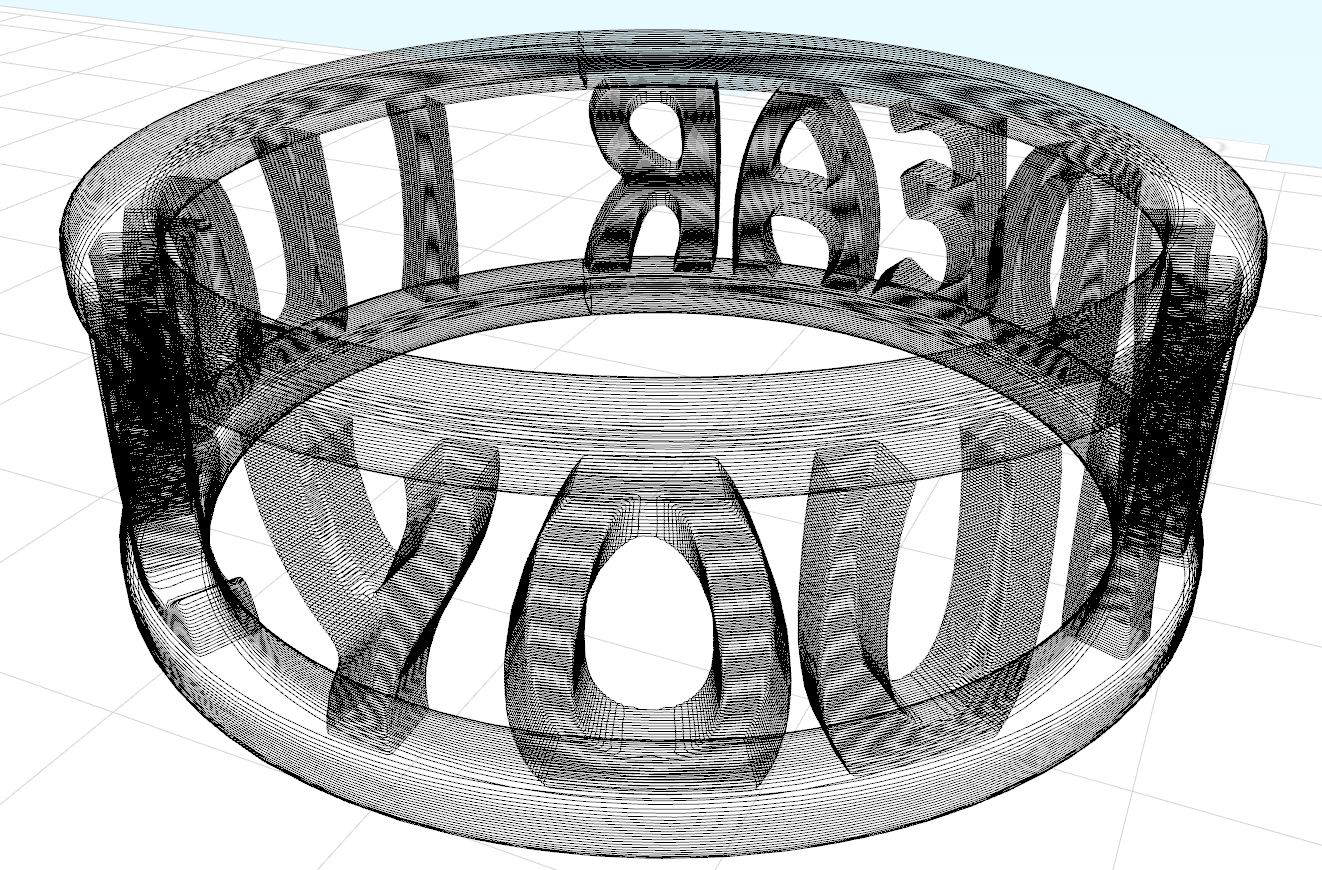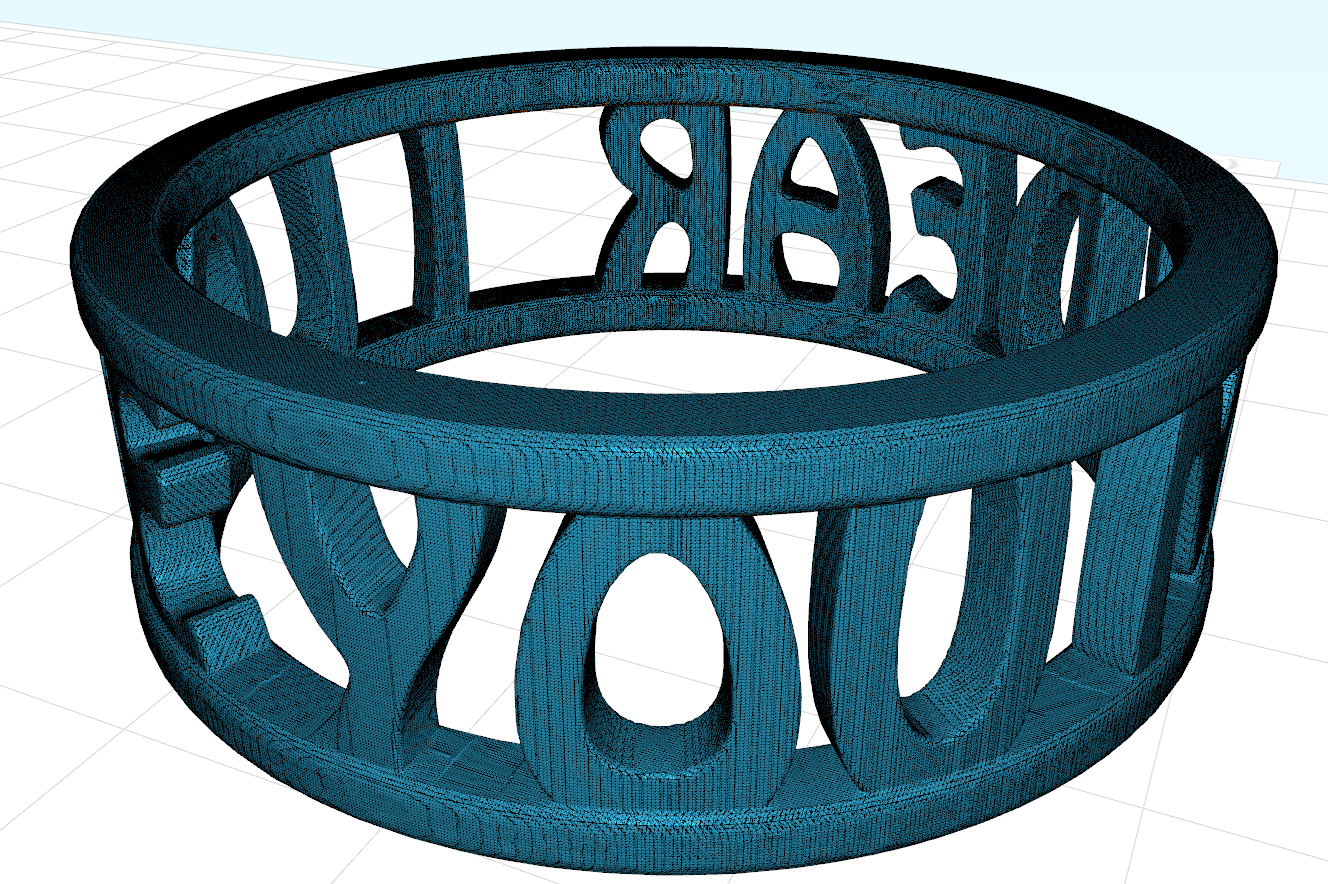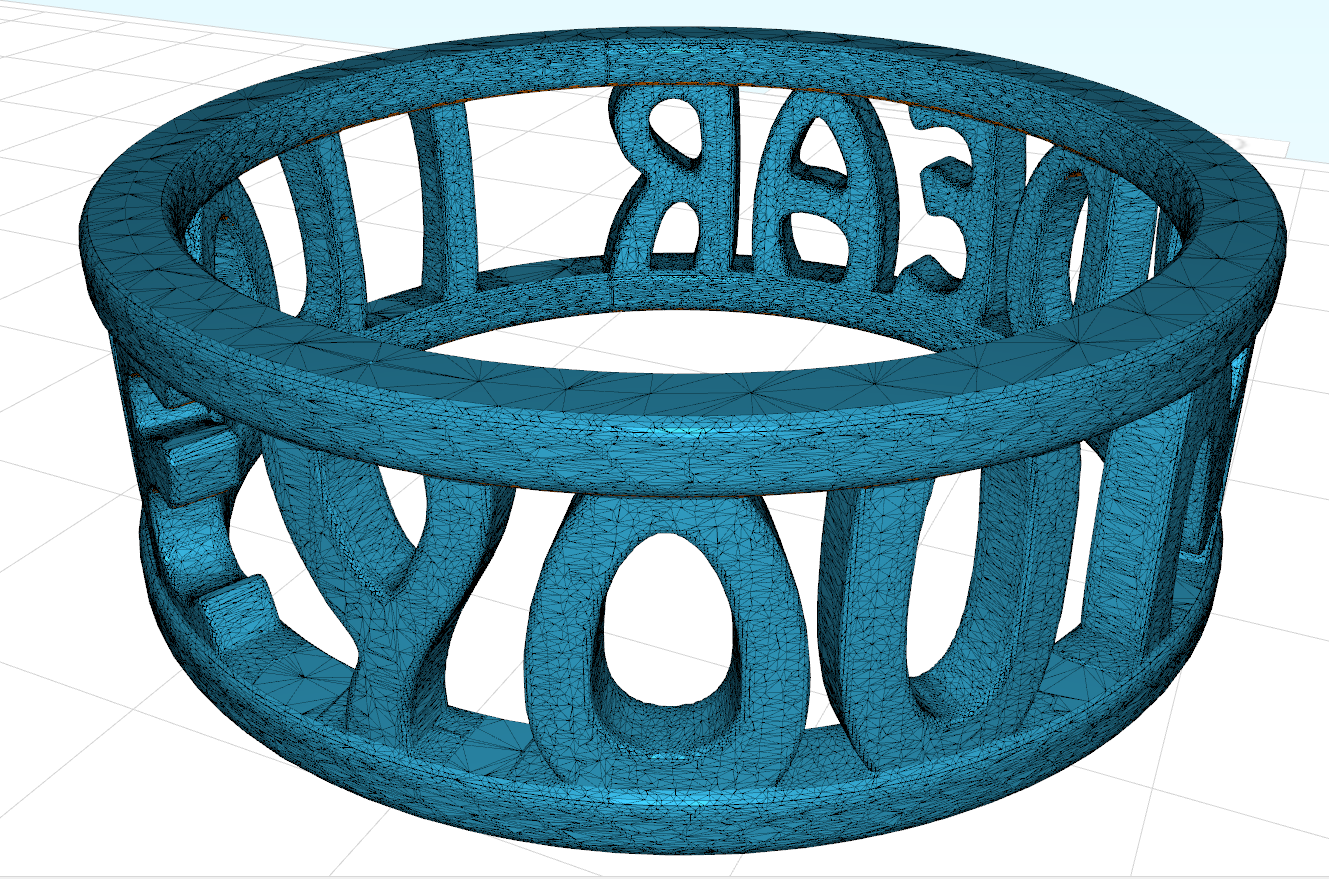
STL to SLC Converter with Formware 3D
Introduction
In this article we will look at converting from SLC formats to STL formats and how this can be done if need be. First we will dive in to how the formats are build up and then we will describe how you can convert them with Formware3D
The STL format
The STL format is used by most 3D Printers and CAD packages as an intermediary format for accurately transfering a mesh. An STL file is basically a long list of triangles. Each triangle is described by 3 vertices and 1 normal vector. Each vertex has 3 values, X, Y and Z. Each triangle is defined in full 3D space. The total of all your triangles make up the surface of your part.
In an ASCII based STL file a triangle looks like below. A binary STL stores the exact same but just more efficiently with less memory. There is no quality difference.
facet normal ni nj nk
outer loop
vertex v1x v1y v1z
vertex v2x v2y v2z
vertex v3x v3y v3z
endloop
endfacet
The SLC format
The SLC format is a 2.5 Dimensions format that originated from the early days of 3D Printing. It describes each layer with contours. Each contour being a list of points in 2D (X and Y) All contours stacked vertically in Z direction make up the surface of your part. It is important to realize that there is no relation between several layers of contours in Z direction. Hence an SLC file always has less information than an STL file. Because of this a conversion from SLC to STL will always be inaccurate by definition.
SLC is a binary format; but one can imagine the format to look something like this:
Z Layer 0.0 Number of boundaries 1 Number of vertices in boundary 1 VertexList 0.0, 0.0 1.0, 0.0 1.0, 1.0 0.0, 1.0 0.0, 0.0 Z Layer 0.05 Number of boundaries 1 etc..
How to convert SLC to STL with Formware 3D
Formware3D Contains a build in converter to convert SLC to STL and SVG to STL. When opening an SLC or SVG file you will be asked if you would like to convert the file to a mesh and optionally also reduce it's size.
The conversion process is memory and CPU speed optimized and will yield a solid STL in most scenario's. A mesh reduction is strongly advised. Please also keep in mind when converting very large objects (10cm+) with a very fine resolution (25micron) will increase computational time near quadratically.
See the images below for result. Download Formware 3D to give it a try (Free Trial)

Figure 1: Ring sliced as SLC file

Figure 2: SLC converted back to STL without mesh reduce

Figure 3: SLC converted back to STL with mesh reduce